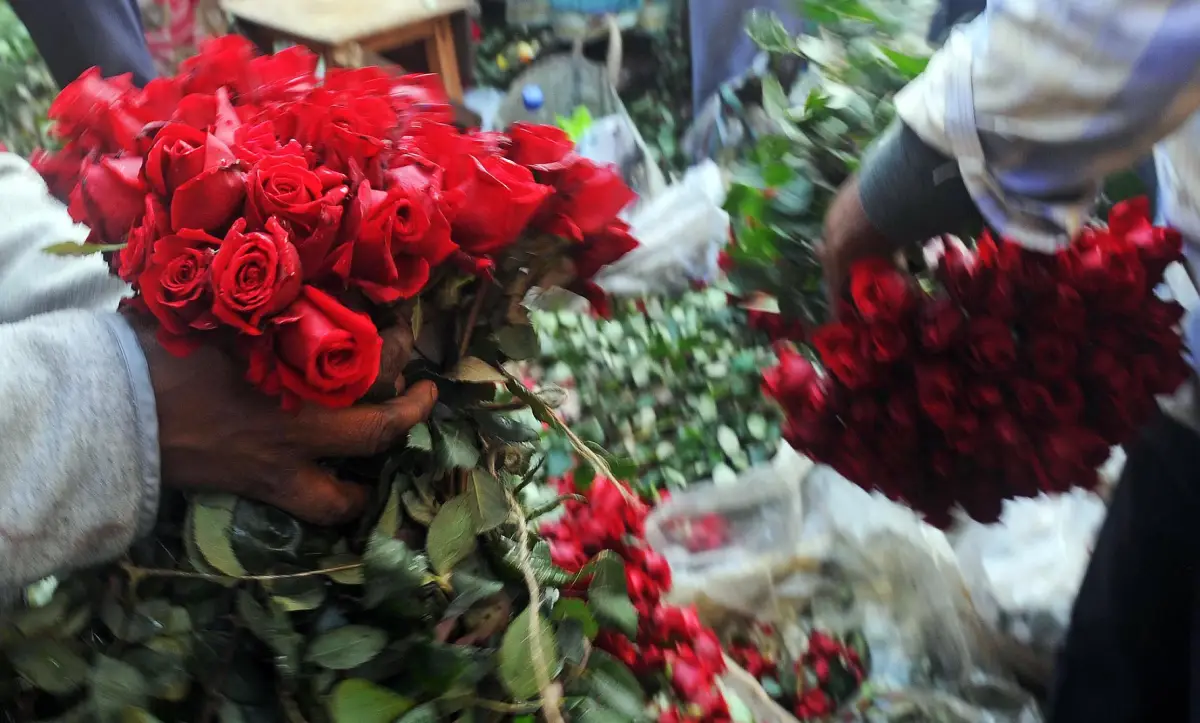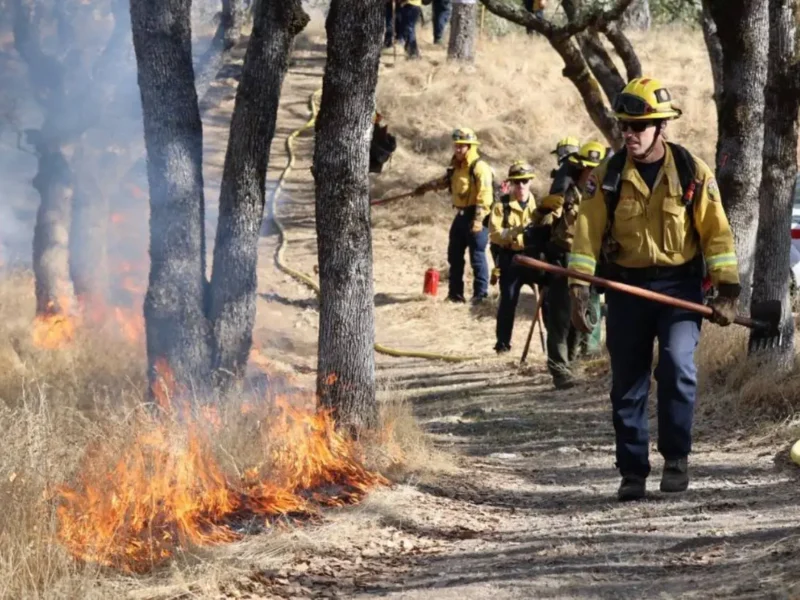
Red Roses, Symbol Of Love, Vulnerable To Climate Change
NEW DELHI, (IANS) – The traditional gift of roses that lovers exchange on Valentine’s Day may be under threat, according to a new report from Christian Aid which shows how climate change is impacting rose-growing around the world.
Nearly 60 percent of all exported roses come from five countries in the global south which face growing dangers from extreme weather. Three in East Africa — Kenya (19.1 percent), Ethiopia (5.1 percent) and Uganda (1 percent); and two in South America — Ecuador (21.2 percent) and Colombia (12.4 percent).
The report highlights that East Africa already faces erratic temperatures and extended droughts, and extreme temperatures are expected to get both hotter and more frequent — something that could make rose growing highly challenging.
Roses also need plenty of water. The report cites a study that showed that droughts in the area between 2020 and 2022 were found to have been more than 100 times more likely and more severe because of climate change.
Similar climactic dangers threaten the rose-growing regions of South America. In Ecuador and Colombia, roses tend to be grown in high-altitude Paramo ecosystems, with cooler temperatures and good rainfall.
As the climate changes, temperature increases are expected to be highest in the Andean regions, including Paramo, and extreme temperatures (number of days above 35 degrees Celsius) are projected to rise significantly.
Glacier retreat is also a major issue in the tropical Andes, with at least 30 per cent of their area lost between 1990 and 2020. This risks water scarcity which poses a major threat to a water-intensive industry, like rose growing.
The English Rose is under threat too.
The British love of roses is well known, and the UK is the fourth largest importer of roses in the world. However, climate change also poses a threat to those grown at home.
On average, rose plants in the UK now start to flower about a month earlier than would have been seen as recently as the mid-1980s, due to increased average temperatures across January to April.
Increased rainfall is also a problem because of fungal diseases such as rose black spot and powdery mildew which thrive in warmer, wetter springs. Many popular varieties of roses have disappeared because of black spot disease.
David Austin’s award-winning Shropshire Lad is already being withdrawn from sale, as they lack resilience to pests, such as aphids, and diseases that are evolving with the changing climate conditions.
Horticulturists, florists, and climate experts have expressed concerns about the findings in the report with many saying far more urgent action is needed from governments to invest in renewables and also to commit the needed climate finance to help farmers adapt to a climate crisis they did almost nothing to cause.




